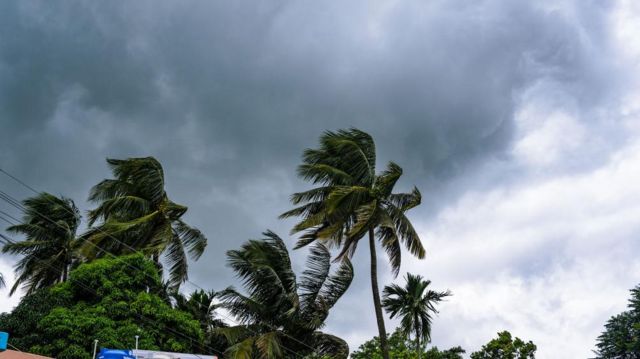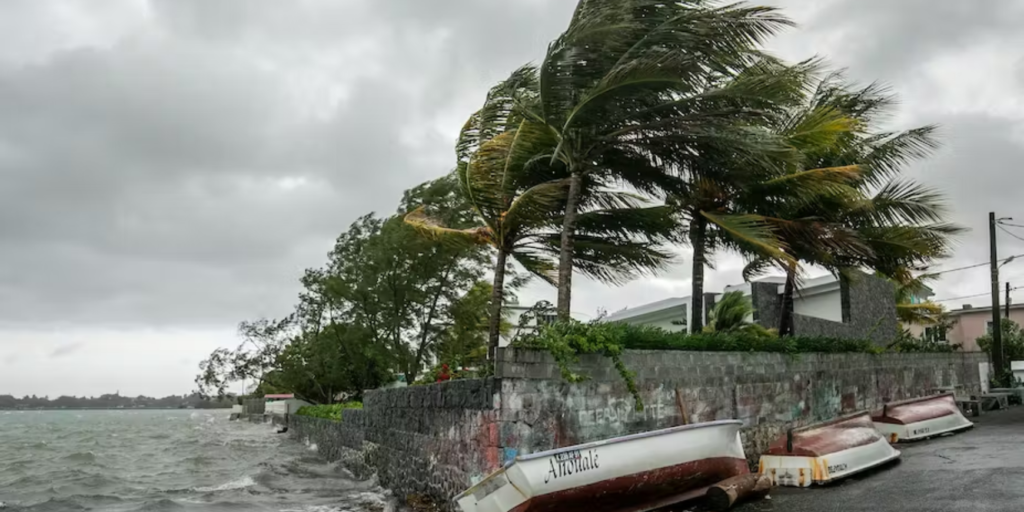It is easier to use names instead of just storm statistics or technical terms when giving weather information or warnings to the general public, hence the practice of naming storms.
Also, the exact location of the storm determines whether it is a hurricane or a typhoon or a cyclone.The system of naming storms is as old as it is, but in India recently the system of naming storms has started.
How is the name of a cyclone decided?
WMO is an organization of the United Nations based in Geneva. He devised a system for naming storms around the world. Accordingly, various countries in a region suggest names on their behalf and cyclones are named from the same names in a specific order. The naming of cyclones in the southern Indian Ocean began in the 1960s. But the practice of naming cyclones in the North Indian Ocean did not begin until 2004. Because naming these storms was a controversial task.

India’s senior meteorologist Dr. M Mohapatra says that in this religiously, ethnically diverse region, they were not given names to avoid hurting people’s sentiments because of a name.
In the year 2004, instead of an international panel chaired by the WMO, the system of naming cyclones occurring in their respective regions was started by the respective countries. After this, countries like India, Pakistan, Bangladesh, Maldives, Myanmar, Oman, Sri Lanka, and Thailand held a meeting together. These countries submitted a list of 64 names.
In it, 8 names were suggested for the cyclone coming in each country. Storms occurring in the North Indian Ocean region are named from this list. The names are arranged according to the initials of each country. The Government of India asks for names with the condition that names should be short, understandable, culturally sensitive, and not inflammatory.
Who names hurricanes?
A storm in the North Indian Ocean that meets certain criteria, such as winds of at least 63 km/h, is given the status and name of a cyclone.
The Regional Specialized Meteorological Center under the Indian Meteorological Department in New Delhi handles the naming.

In 2004, the list of names created by North Indian Ocean countries ended with Cyclone Amphan in 2020. After that, Nisarga Cyclone was named from the new list. The Cyclone Panel meets annually to discuss and revise the list if necessary.

